When I was young my grandfather often talked about making a trip to Port Richmond, Philadelphia, to visit the “Little Poland” of Philly and get knishes or pierogis. Since my family was Irish Catholic and mostly ate meat and potatoes, these always sounded like exotic and foreign words. This was my only real reference in Poland before I went to Kraków for a long weekend trip. It was my first time in the country and I was excited to learn more about the traditions and culture.
Coffee and a Pastry
There was a lot to eat in Kraków, and the city was giving remote-worker, young tech people vibes. Needless to say, there was no shortage of charming coffee shops. On our first evening, we popped into a bar with Polish people buying large amounts of shots. Shoty were only sold in groups of four. The shots were a mixologist’s playground: my husband had a “Mad Dog” with berry syrup, vodka, and tabasco, creating a stacked look full of layered liquids. Afterward, we head out onto the street for a late-night paczki. The glazed donut, soft and fluffy on the inside and stuffed with strawberry rose filling, left an herbal sweetness lingering in my mouth.


I am not one for overly sweet pastry, so I focused on trying another local specialty I had heard about called jagodzianki. It’s a yeasty bread, more savory than sweet, topped with sprinkled confectioner’s sugar and blueberry compote. This was more my speed! There were hundreds of hip pastry shops to choose from. If only I had more time.
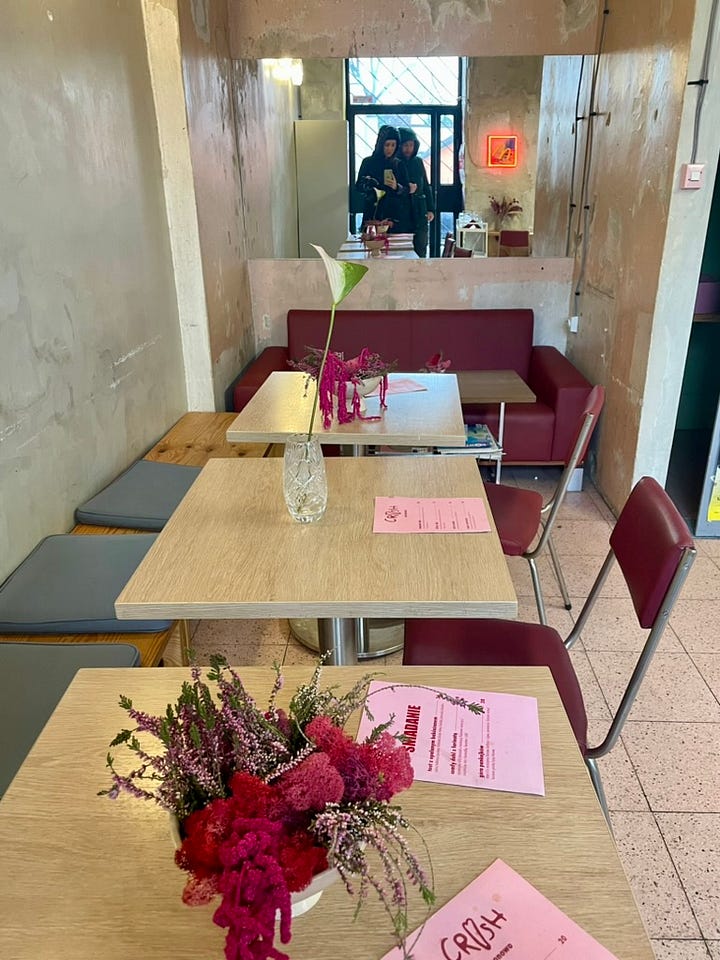
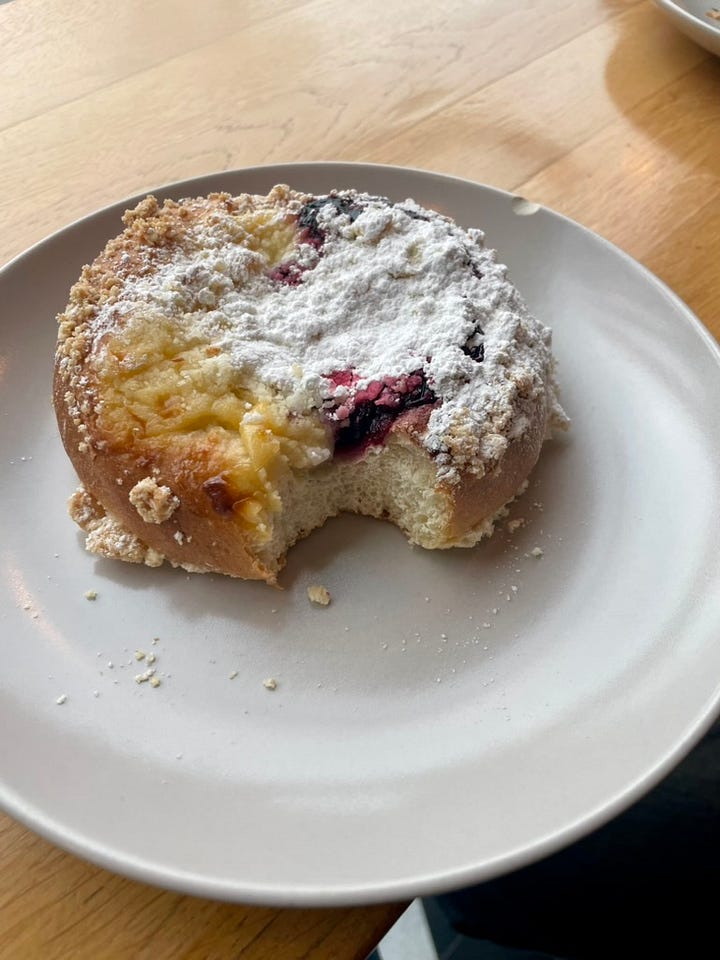
Culture
Due to its geographical position and unique history, Germans concentrated their extermination camps in Poland (just 70 kilometers from Kraków is the former concentration camp and now memorial and museum Auschwitz). Before the war, Poland was home to the largest population of Jewish people in Europe. I wanted to know more, so we visited the museum Oskar Schindler’s Enamel Factory. Oscar Schindler was a Czech-born Nazi who initially came to Poland to set up a manufacturing business and use Jewish people as cheap labor. Eventually, he realized the horrors and atrocities that were happening around him and used his connections with the Gestapo and the Nazi party to protect and ultimately save the 1,200 Jewish employees who worked for him. The museum showed many examples of his bravery, charisma, and connections he used when fighting for the return of his employees being taken to work camps.
When the war was over Schindler had lost all of his money through bribing the Gestapo, and he and his wife fled to Argentina. They both lived the rest of their lives penniless and relied upon donations from Jewish cultural organizations. The museum is at the site of the original factory. It was upsetting and heartbreaking to learn about, but it was also chilling to be standing in the spots where all of this happened, especially imagining what life was like for Jewish people who walked to work from the nearby ghetto where they were forced to live.
Adventure
Aside from the very dark times of Polish history, it was nice to learn about the Polish “Golden Age” from 1386-1572, when Poles had money from salt mining. We visited the largest salt mine in Europe called Wieliczka. Walking down the mining shaft was scary. When we reached the bottom, we found a complex maze of dark chambers that seemed endless. During our tour, we kept descending down into the earth until we were 130 meters underground. Our tour guide encouraged us to walk through the tunnels and take a lick of the walls (using our fingers, of course). Everything was carved out of salt.
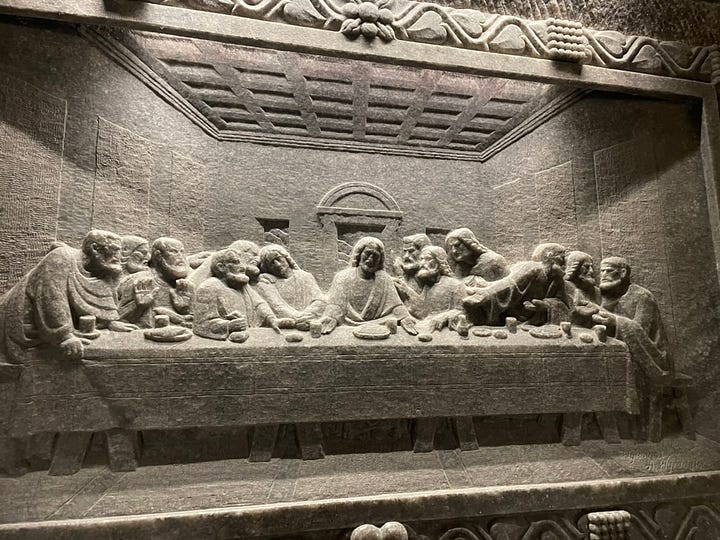
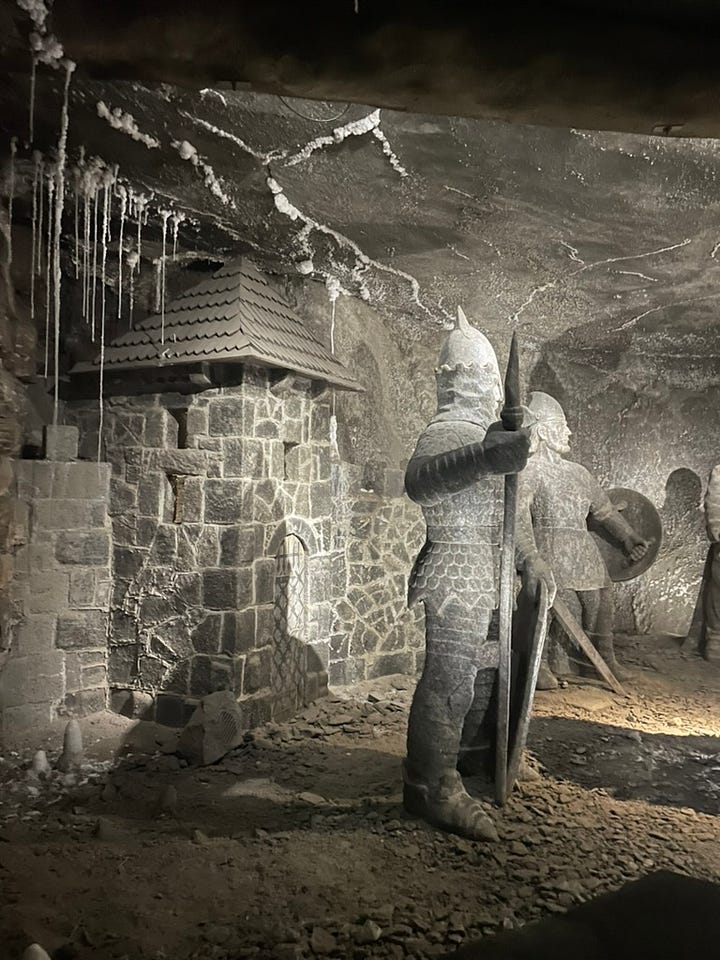
We came upon rooms filled with art and sculptures, all made of salt. There were even full churches in the mines! Multiple shrines to the most venerated and godly Polish person, Pope John Paul II, were present. He gave Poles hope after a long and complicated past.
Overall, I was really impressed with Kraków. It is a young, hip, city with amazing restaurants and bars and plenty of cultural activities to check out. Not to mention, there is plenty of history, especially around World War II, to immerse yourself in. Finally, the food is delicious. I got food poisoning on the last day, but I didn’t let that stop me. I bought bland obwarzanki (Polish bagels) in my bag at the airport, and I was reminded of my beloved Philly bagels. I thought about my grandfather as the seeded bread comforted my growling belly on my flight home.
Have you been to Krakow? What did you think? Here are some great spots for the next time you’re there. I really recommend a visit to this hip city!
🏨 PURO Hotel - I loved our hotel and would stay here again. It was modern and in a great location.
☕ 🥐 Zmaczeni - Small little place with delicious pastry.
☕ 🥐 Crush - This was the cutest little place! Loved the colors, tile, and neighborhood feel. They had lots of vegan pastries as well.
🥣 Nowa Prowincja - we got really yummy Georgian soup here called kcharcho - beef, rice, tomatoes, coriander, and walnuts.
🍆 Noah - Ordered hummus, labneh, lamb and fish. Everything came out nice and full of flavor.
📚 Massolit Books - the coziest bookshop with a little cafe. They had a great English books section.
🎄Krakow has an awesome Christmas market, making it a great place to visit in December.
🥟 Pierogi MR Vincent - casual and delicious pierogi spot. I liked the potato dumplings the best, which probably have no nutritional value, but sometimes you gotta do what you gotta do!


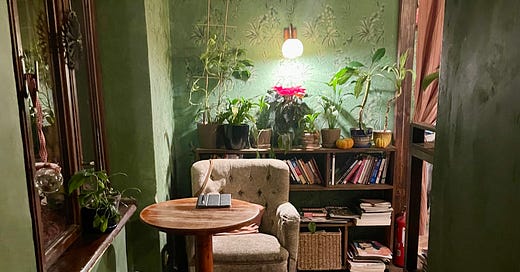



I went to Krakow in my early twenties for a student exchange trip. The center was so gorgeous. I bought a wooden chess set that I never used because I sadly never learned to play. I also visited Auschwitz and later wrote my thesis on the holocaust. It was a transformative experience.
Poland is such an underrated country to visit. Aside from Krakow and Warsaw, you probably would enjoy Wroclaw, too. That town is probably the most German influenced out of the three.
Also, have you tried zapiekanka? Delicious! - https://en.wikipedia.org/wiki/Zapiekanka